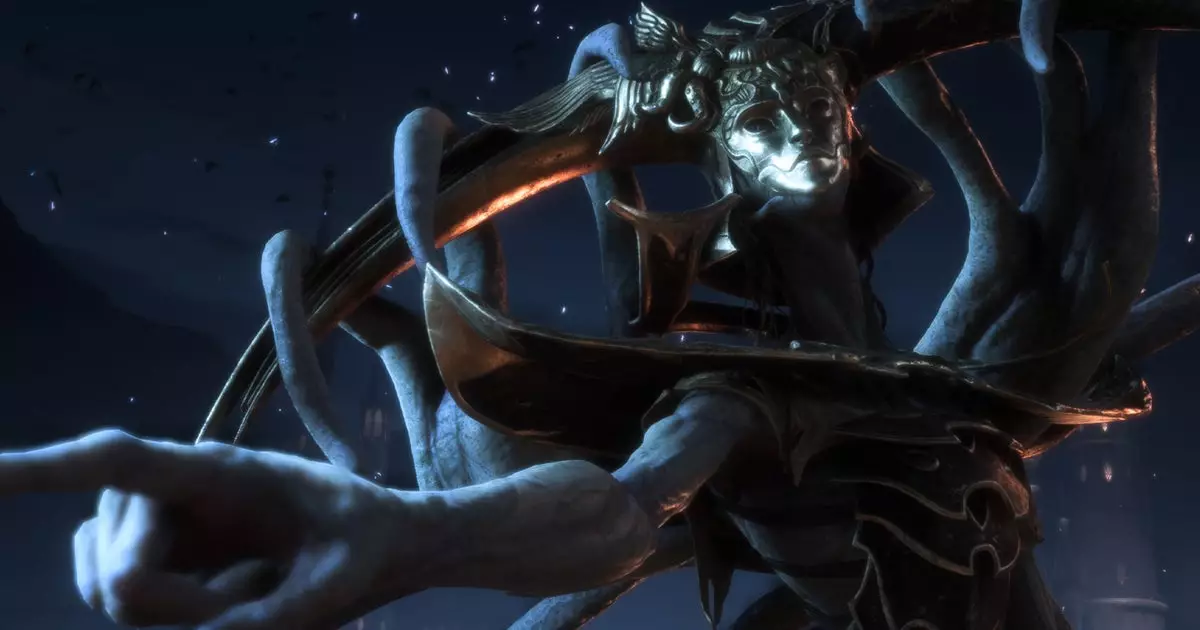After nearly a decade since the thrilling release of Dragon Age: Inquisition, fans of the franchise are buzzing with excitement for the recent debut of Dragon Age: Veilguard. The anticipation has reached a fever pitch, particularly in online communities where the lore and unique quirks of the series are fervently discussed. Enthusiasts are reminiscing about Bioware’s rich history, notably recalling the charming yet peculiar animations that have become a hallmark of the studio, famously dubbed the “Bioware Turn.”
Violet McVinnie, a former cinematographer at Bioware and now part of Resistor studio, has provided insights into the animation techniques that have become fan favorites. The “Posebreakers,” as McVinnie describes them, were designed to inject life into scenes that may have otherwise felt static. This method, coupled with the iconic “Exit Left/Right” animations, has contributed to the distinctive storytelling style within Bioware games. Fans are actively curating a list of these memorable animation tropes, including gestures like the “flick of the wrist accusatory point” and the “aggressive headshake after drinking alcohol,” proving that even subtle movements can leave a lasting impact on the gaming experience.
Community Engagement and Nostalgia
Social media serves as a platform for players to engage and share their fond memories of Bioware’s storytelling techniques. Questions arise about particular animations, such as the peculiar habit of characters breaking eye contact during object exchanges. McVinnie’s response sheds light on the intricate history behind these animations, revealing an interconnectedness across various franchise titles, enriching the lore of the Dragon Age universe.
My impressions of Dragon Age: Veilguard, while sprinkled with enthusiasm for its heart, reflect a more critical view of its RPG mechanics. Despite the game’s spirited approach, it does not resonate as deeply as its predecessors. The action sequences may become monotonous quicker than players might hope, yet there’s an undeniable charm that draws you in as you progress. This emotional buoyancy is a testament to the storytelling prowess that Bioware is known for, even when gameplay might leave something to be desired.
Reflecting on the Franchise’s Evolution
As fans dive into Veilguard, some will undoubtedly draw comparisons to previous installments, particularly Dragon Age 2, which has had its share of criticisms. The community is already buzzing with discussions about its writing, drawing parallels to Marvel-style dialogue. However, one cannot help but recall memorable characters from earlier games, such as Alistair, proving that nostalgia plays a significant role in shaping expectations for new releases.
The launch of Dragon Age: Veilguard marks an exciting yet complex chapter in the franchise’s story. While it may not stand tall among its more critically acclaimed predecessors, the game encapsulates an enduring spirit and invites both newcomers and veterans to explore its depths. Happy Veilguard day to those celebrating, showcasing once again how immersive gaming can foster vibrant community discussions and cherished memories.

